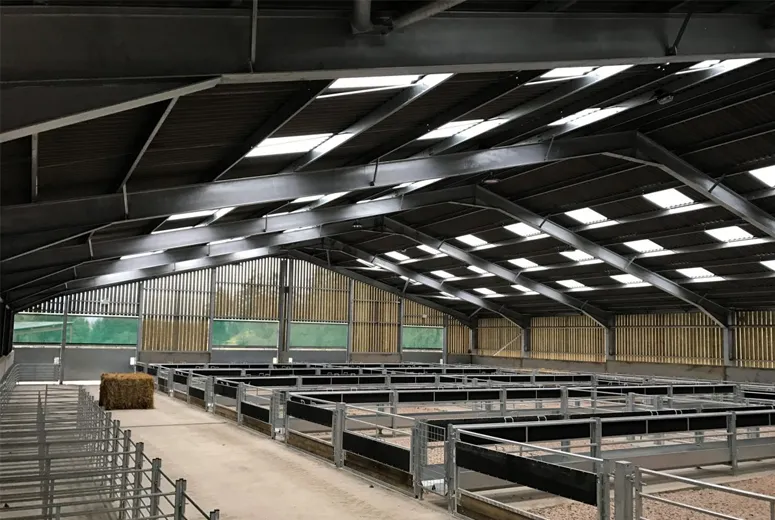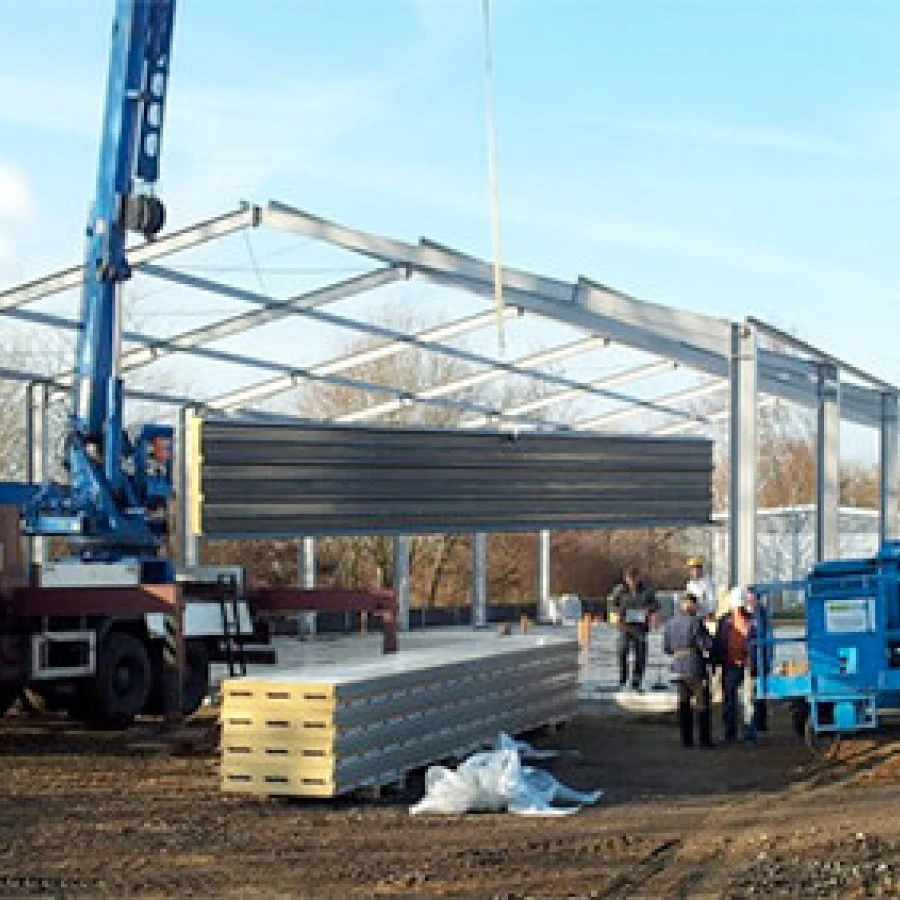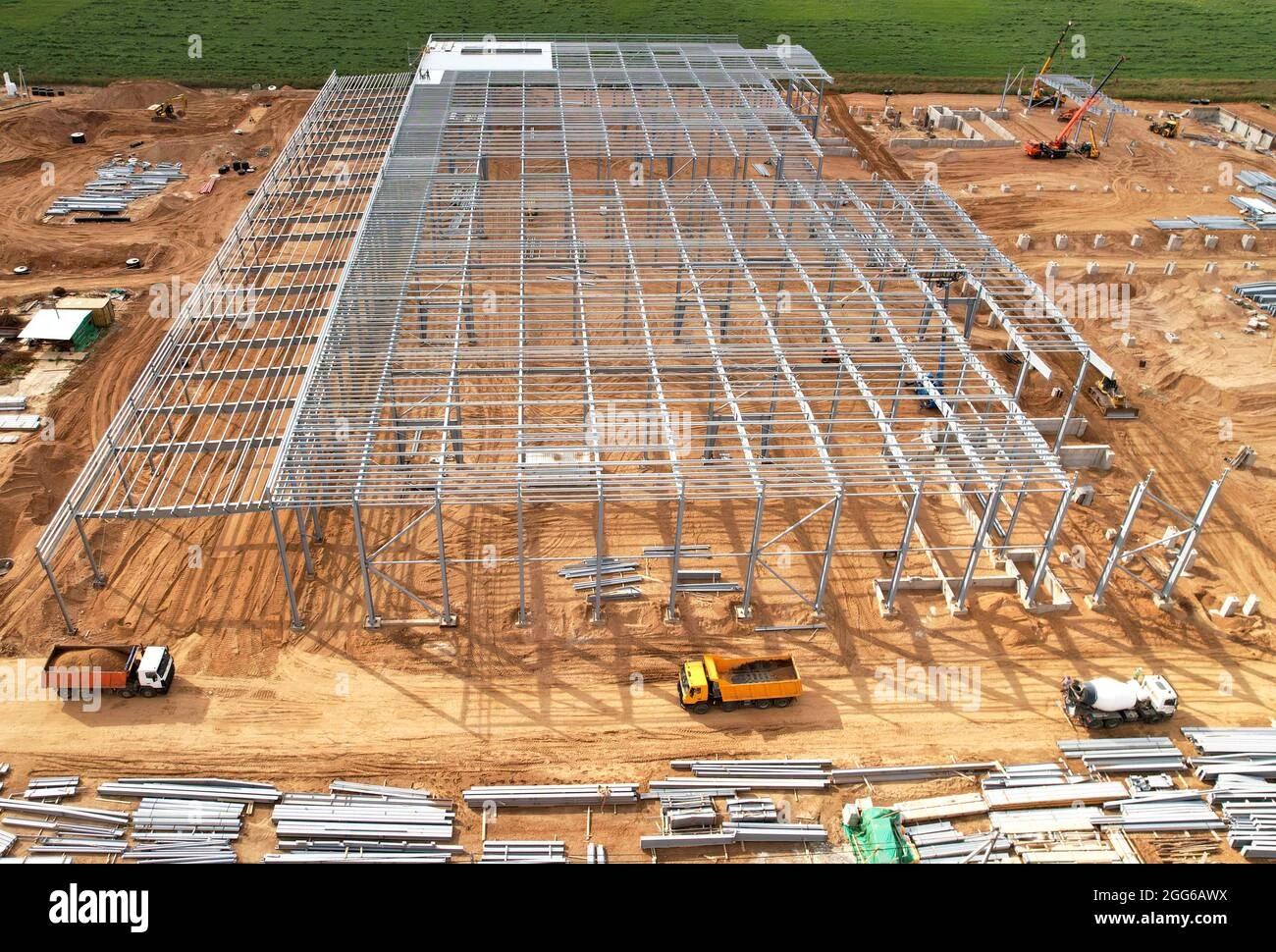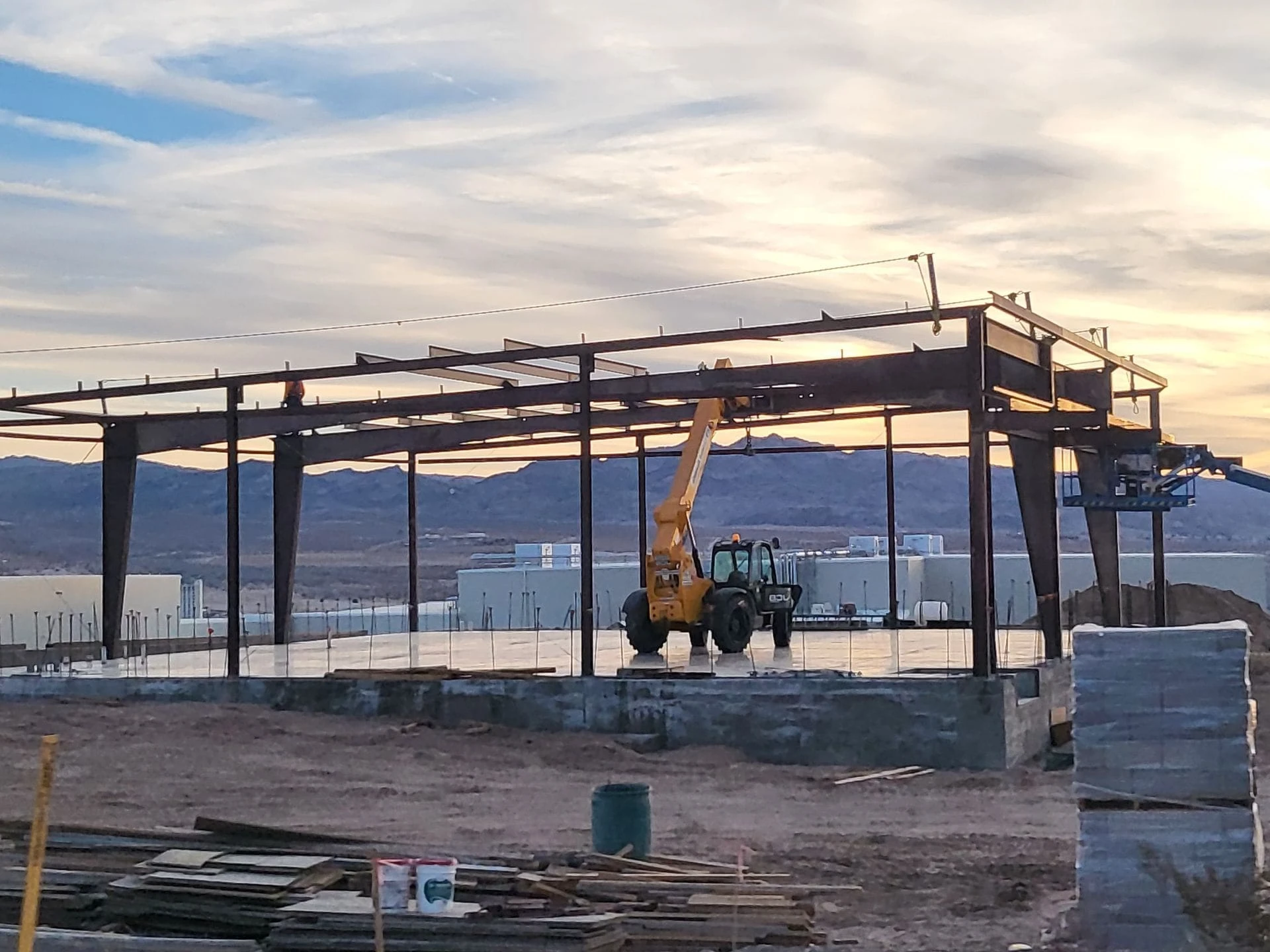- Afrikaans
- Albanian
- Amharic
- Arabic
- Armenian
- Azerbaijani
- Basque
- Belarusian
- Bengali
- Bosnian
- Bulgarian
- Catalan
- Cebuano
- Corsican
- Croatian
- Czech
- Danish
- Dutch
- English
- Esperanto
- Estonian
- Finnish
- French
- Frisian
- Galician
- Georgian
- German
- Greek
- Gujarati
- Haitian Creole
- hausa
- hawaiian
- Hebrew
- Hindi
- Miao
- Hungarian
- Icelandic
- igbo
- Indonesian
- irish
- Italian
- Japanese
- Javanese
- Kannada
- kazakh
- Khmer
- Rwandese
- Korean
- Kurdish
- Kyrgyz
- Lao
- Latin
- Latvian
- Lithuanian
- Luxembourgish
- Macedonian
- Malgashi
- Malay
- Malayalam
- Maltese
- Maori
- Marathi
- Mongolian
- Myanmar
- Nepali
- Norwegian
- Norwegian
- Occitan
- Pashto
- Persian
- Polish
- Portuguese
- Punjabi
- Romanian
- Russian
- Samoan
- Scottish Gaelic
- Serbian
- Sesotho
- Shona
- Sindhi
- Sinhala
- Slovak
- Slovenian
- Somali
- Spanish
- Sundanese
- Swahili
- Swedish
- Tagalog
- Tajik
- Tamil
- Tatar
- Telugu
- Thai
- Turkish
- Turkmen
- Ukrainian
- Urdu
- Uighur
- Uzbek
- Vietnamese
- Welsh
- Bantu
- Yiddish
- Yoruba
- Zulu
ធ្នូ . 21, 2024 12:53 Back to list
The Evolution and Significance of Architectural Steel Buildings
Architectural steel buildings have transformed the landscape of modern architecture, redefining both the aesthetics and functionality of urban spaces. The usage of steel in construction dates back to the 19th century, but its rise to prominence began in earnest during the early 20th century. The unique properties of steel—its strength, flexibility, and resistance to environmental factors—make it an unparalleled choice for a wide range of building types, from skyscrapers to bridges and industrial facilities.
Historical Context
The first iron-framed buildings emerged in the Industrial Revolution. Structures like the Crystal Palace in London showcased the potential of iron and glass, combining durability with the ability to create vast open spaces. As the 20th century progressed, innovations in steel manufacturing, such as the Bessemer process, allowed for the production of high-quality steel that was both strong and cost-effective.
The construction of iconic skyscrapers, such as the Empire State Building and the Willis Tower (formerly Sears Tower), illustrated the capabilities of architectural steel. These structures not only pushed the boundaries of vertical construction but also established a new architectural language. With steel as a primary material, architects could design buildings that soared to impressive heights while maintaining structural integrity.
Advantages of Steel in Architecture
One of the most significant advantages of steel is its high strength-to-weight ratio. Unlike traditional materials, such as wood or concrete, steel provides structural integrity without excessive weight. This characteristic allows for larger spans, more open interior spaces, and reduced need for support columns. Architects can, therefore, design extensively open floor plans that enhance functionality and aesthetic appeal.
Moreover, steel's inherent flexibility makes it ideal for regions prone to earthquakes or high winds. Steel structures can absorb and dissipate energy, reducing the risk of catastrophic failure during natural disasters. This adaptability is especially valuable in urban environments where safety and resilience are critical.
From a sustainability perspective, steel is recyclable and often manufactured from recycled materials, making it an environmentally friendly building material. Architects increasingly focus on sustainable building practices, and choosing steel contributes to reducing the carbon footprint of new constructions.
architectural steel buildings

Design Versatility
Architectural steel can be fashioned into various forms and finishes, allowing architects immense creative freedom. Whether creating visually striking facades or intricate details, steel can be molded, welded, and painted to meet design specifications. This versatility is showcased in buildings like the Guggenheim Museum Bilbao, where the undulating forms challenge traditional architectural norms.
Incorporating steel into architectural design can also enhance aesthetics. From the Art Deco movement to contemporary minimalism, steel’s sleek lines and modern appearance allow for creative expression and innovation. Steel frames provide the foundation for glass facades, enabling natural light to permeate interior spaces and creating a seamless connection between indoor and outdoor environments.
Challenges and Future Directions
Despite its many advantages, the use of steel in architecture presents challenges. The thermal conductivity of steel can lead to energy inefficiencies, necessitating advancements in insulation techniques. Additionally, the corrosion potential if not adequately treated can compromise structural longevity. Engineers and architects must work closely to address these issues, ensuring that steel buildings are both energy-efficient and durable.
Looking toward the future, the integration of smart technologies into architectural steel buildings is gaining momentum. The incorporation of sensors, energy management systems, and innovative design techniques will enhance building performance and occupant comfort. Furthermore, as cities continue to grow, architectural steel will play a crucial role in constructing sustainable, high-density urban environments capable of withstanding the challenges of climate change.
Conclusion
Architectural steel buildings have become emblematic of modern progress and innovation. They represent not only the technical achievements in construction but also the evolution of architectural design. As we advance into a future characterized by rapid urbanization and climate challenges, the continued exploration and adaptation of steel as a primary building material will undoubtedly shape the skylines of tomorrow. Through a balanced approach of aesthetics, functionality, and sustainability, architectural steel will remain a cornerstone of modern architecture for generations to come.
-
Navigating the World of Steel Building Services: Who to Choose?
NewsJun.23,2025
-
How Do Steel Frame and Prefab Building Factories Shape Modern Construction?
NewsJun.23,2025
-
How Do Steel and Metal Structures Shape Modern Industrial Spaces?
NewsJun.23,2025
-
How Do Prefab Buildings of Various Sizes Meet Modern Construction Needs?
NewsJun.23,2025
-
How Do Factory Buildings and Metal Structures Redefine Industrial Infrastructure?
NewsJun.23,2025
-
Exploring Key Aspects of Industrial Building Development: What You Need to Know?
NewsJun.23,2025
Products categories
Our Latest News
We have a professional design team and an excellent production and construction team.












